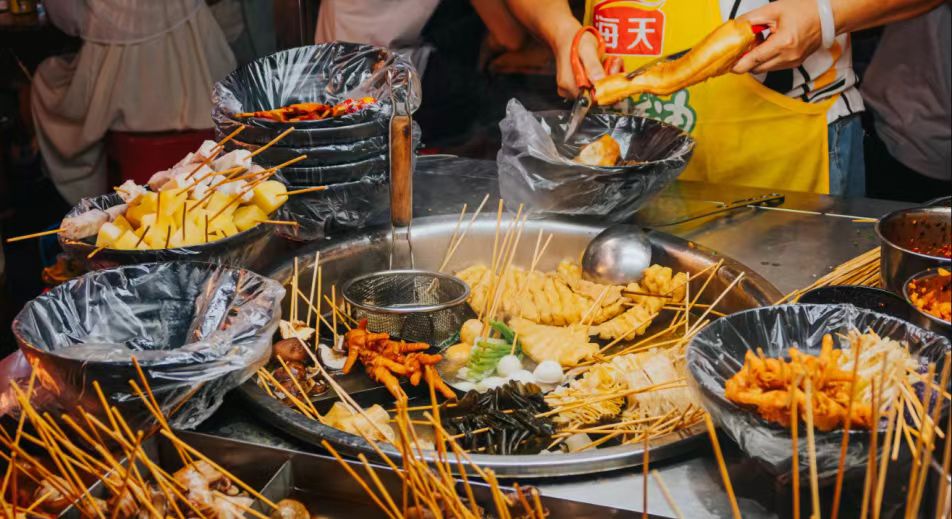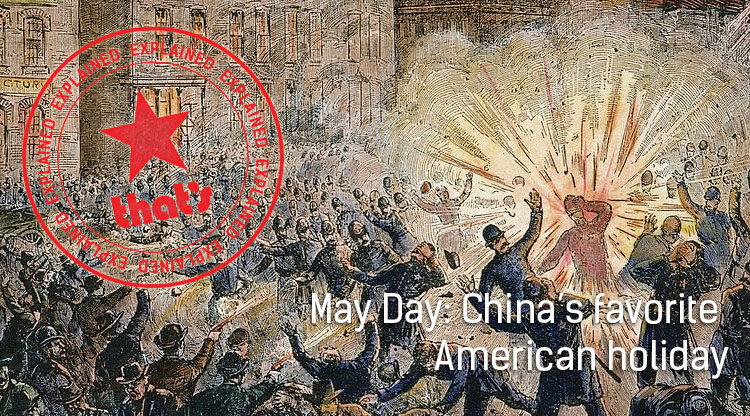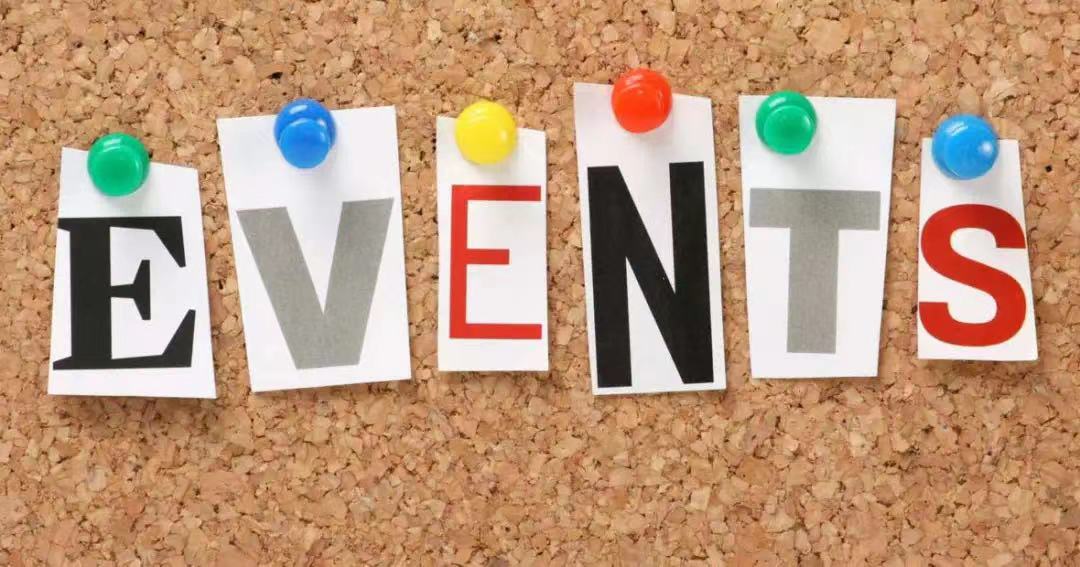The Huangpu River is, of course, the main geographical feature that divides Shanghai. To the west is Puxi: the winding, tree-lined streets of the former French Concession and the bustling, stone and marble canyons of what was once the International Settlement.To the east, Pudong: the marshy, agricultural hinterland that now boasts some of the most impressive skyscrapers on the planet. So which is the true face of Shanghai?
There may be some truth to the old trope that domestic tourists all point their cameras east to pose in front of the Oriental Pearl Tower, while Westerners turn the other way to photograph the old European-style architecture along the riverside; but if you really want to understand this city, you have to look both ways.
Casting your gaze to Lujiazui will show you where modern Shanghai is going, but to understand how it got here, you can read the Shanghai story written in the buildings of the Bund.
HSBC Building

At No.12, The Bund, the neoclassical monolith now home to the Shanghai Pudong Development Bank was originally built as the headquarters of HSBC, the Hong Kong and Shanghai Banking Corporation.
Completed in 1923 by British architecture firm Palmer & Turner, the building was called "the most luxurious building from the Suez Canal to the Bering Strait." It was hands-down the biggest bank in the Far East, and the second-largest in the world after the Bank of Scotland in Edinburgh.
Coins from all around the world were buried into the foundations for good luck, and specially minted ones were placed in dark recesses to ward off evil spirits.
Two bronze lions were commissioned from the English town of Frome: one, roaring, symbolized protection, while a stoic second one represented security. Employees affectionately nicknamed the pair Stephen and Stitt, after the bank's virulent Chief Manager and cool-headed Shanghai Manager.
During Japanese occupation, the building was taken over by Yokohama Specie Bank and Stephen and Stitt were removed to be melted down for their valuable bronze - a fate they narrowly escaped. HSBC moved back in after the war, and the pair were returned home. But after 1949, the building became the headquarters of the municipal government.
In 1966, Red Guards set their crosshairs on the imperialist lions as well as the building's eight mosaic murals depicting the cities in which HSBC operated: Hong Kong, Shanghai, Tokyo, Bangkok, Calcutta, London, New York and Paris.
When the shock troops of the Cultural Revolution turned up at their gates, however, one enterprising architect convinced them that covering the murals with stucco and paint would be far more efficient than chipping away at them, knowing full well that this way they could one day be uncovered again.
Stephen and Stitt eventually ended up in the hands of the Shanghai History Museum. The pair have been separated, however, with Stephen kept in the museum's display room under the Oriental Pearl Tower and Stitt in the Shanghai Banking Museum. Those currently sitting outside the building on the Bund are replicas produced in 1997.
HSBC tried to buy back the building in 1990, but negotiations broke down and it was handed to the state-owned SPDB instead.
Customs House

Customs and excise might not sound like the most exciting or important arm of a modern government, but back when the Customs House was built in 1927 it was providing half of the total revenue of the Chinese government.
The Chinese Maritime Customs Service, managed by the British since its founding in 1854 and staffed by a cosmopolitan mix of inspectors from Europe, America, Japan and elsewhere, was one of the most pivotal institutes of late Qing and Republican China. Its building on the Bund perfectly reflects this sense of grandeur.
Still the largest clock in Asia to this day, the Customs’ clock tower and bell mechanisms were all cast in England following the design of Big Ben. When the one-of-a-kind civil service that Ulsterman Sir Robert Hart had built up retreated to Taiwan along with Chiang Kai-shek's government, the building was taken over by the new customs agency of the People's Republic.
During the Cultural Revolution, the clock music was changed to The East is Red, but since the 1980s the traditional chime of the Westminster Quarters rings out once again.
Shanghai Club

No.2, The Bund, was built as the most exclusive private club in Shanghai. Eight decades later, it ended up as the home of the city's very first KFC restaurant.
Back in its heyday in the 1920s and 1930s, the Shanghai Club was a grand institution. In 1879, it hosted US president Ulysses S. Grant during his visit to the city. After its Baroque Revival rebuild, it became home to the world's longest bar. Laying his cheek on it, Noel Coward said he could see the curvature of the earth.
If you were Chinese, a woman or just not filthy rich, however, you were out of luck: this was strictly a rich white man's club.
Even within the confines of the Club, the famous Long Bar adhered to this obsession with rank and title. A strict hierarchy was enforced: Bund-facing seats were reserved for the Taipans and bank managers, with the social orders steadily decreasing as the bar stretched down.
After 1949, the building became the International Seamen Club, and in 1971 it became the Dongfeng Hotel. From 1990 to 1996, it enjoyed the dubious honor of hosting the city's first KFC. Finally, after sitting derelict for over a decade, it was acquired by the Hilton group in 2009 and converted into the Waldorf Astoria Shanghai.
Cathay Hotel

Completed in 1929, the Cathay Hotel was built by Sir Victor Sassoon, a British Sephardic Jew whose family dominated business and real estate in Shanghai and Hong Kong.
Over the years, the Cathay's guests included Charlie Chaplin, George Bernard Shaw, General Marshall and Noel Coward, who wrote his play Private Lives during his stay at Shanghai's most lavish lodgings.
In February 1967, just over a decade after being renamed the Peace Hotel and becoming a state guesthouse for visiting Soviet apparatchiks, Gang of Four members established the Shanghai People's Commune in the somewhat incongruously opulent corridors of the Cathay. Modelled on the Paris Commune, the short-lived experiment aimed at uniting the various armed factions of the Red Guards who were deposing the city's leaders and then scrambling for power amongst themselves.
The two wings of Shanghai's first skyscraper meet at the Bund, spelling out a giant letter V, while across Suzhou Creek in Hongkou, the Embankment House (Sassoon's modernist masterpiece turned shelter for Jewish refugees)resembles a stylized S when viewed from above.
Sir Victor loved Shanghai, and foresaw great things for the city. Perhaps he knew that his first Shanghai skyscrapers would, in time, be outdone by new ones a hundred times as tall, from which future generations would look down and see his signature indelibly etched into the city he helped to build.





















0 User Comments